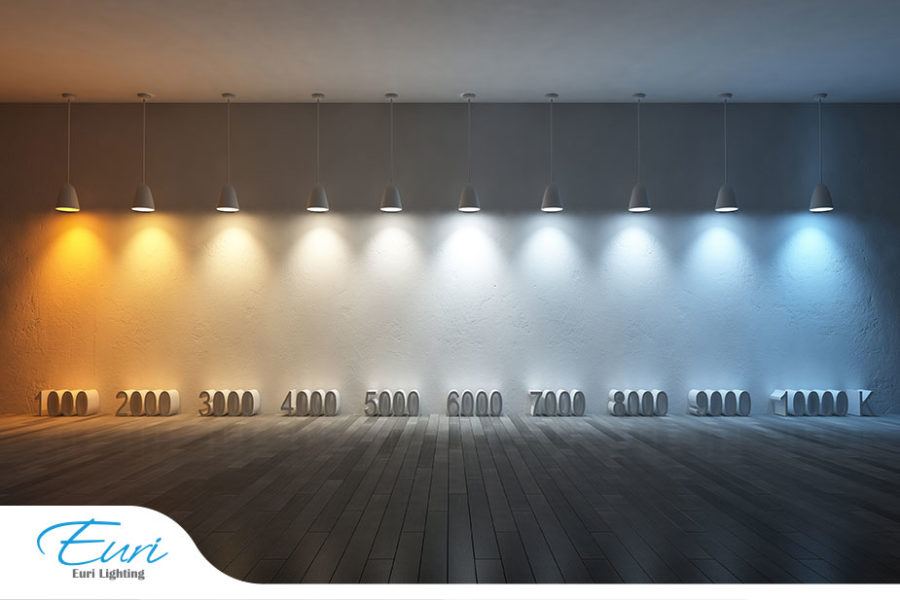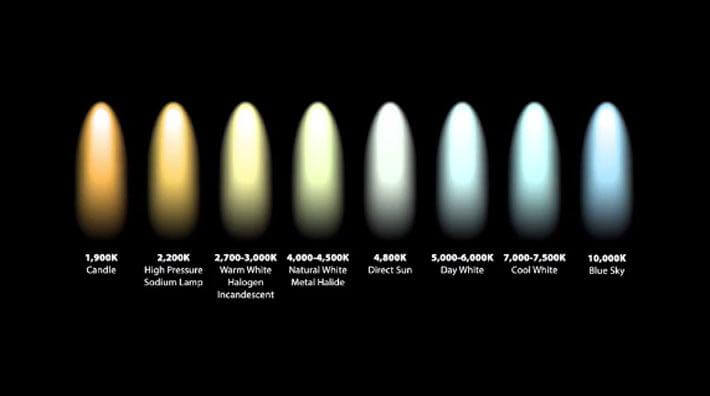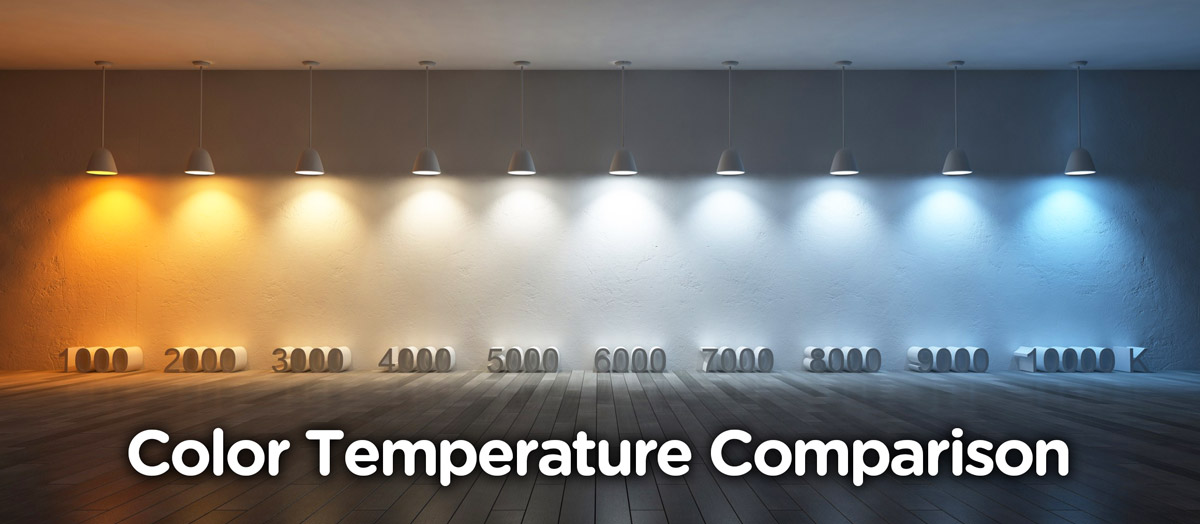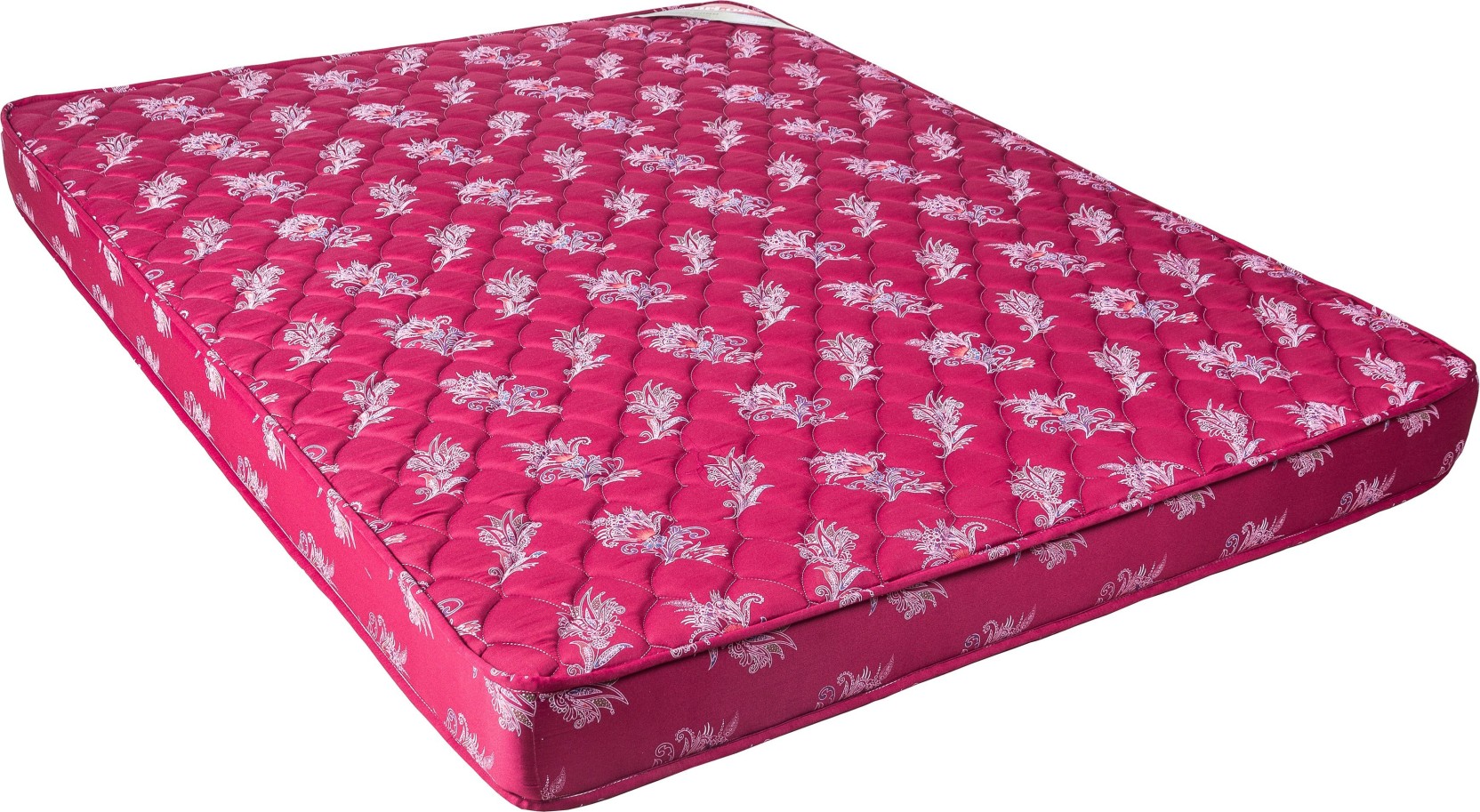When it comes to creating the perfect ambiance in your living room, one of the most important factors to consider is the lighting. The right lighting can make all the difference in setting the mood and creating a cozy and inviting space. But with so many options available, it can be overwhelming to choose the right color temperature for your living room. In this article, we will compare two popular options – 2700k and 3000k – to help you decide which one is better for your living room.2700k vs 3000k: Which is Better for Your Living Room Lighting?
Before we dive into the differences between 2700k and 3000k, let's first understand what color temperature is. Color temperature is a way to measure the hue of light emitted by a light source, typically measured in Kelvin (K). It is often described as warm, neutral, or cool, with lower numbers representing warmer colors and higher numbers representing cooler colors. Now, let's take a closer look at 2700k and 3000k and see how they compare when it comes to living room lighting.Choosing the Right Color Temperature for Your Living Room: 2700k vs 3000k
If you want to create a warm and cozy atmosphere in your living room, both 2700k and 3000k are great options. However, 2700k is considered the warmest color temperature available, with a soft yellow hue similar to candlelight. This makes it perfect for creating a relaxing and inviting atmosphere in your living room, especially during the evenings. On the other hand, 3000k has a slightly cooler hue, leaning more towards a natural white tone. While still warm, it may not provide the same level of coziness as 2700k.2700k vs 3000k: The Best Color Temperature for a Cozy Living Room
One of the main differences between 2700k and 3000k is the level of warmth and brightness they provide. As mentioned, 2700k is the warmest color temperature, while 3000k is slightly cooler. This means 2700k will give off a warmer, more yellow light, while 3000k will have a cooler, more white light. When it comes to brightness, 2700k is considered to be on the lower end of the scale, creating a soft and subtle glow. On the other hand, 3000k is slightly brighter and may be more suitable for tasks that require more focused lighting, such as reading or working on a laptop.2700k vs 3000k: Comparing the Warmth and Brightness for Living Room Lighting
Ultimately, the ideal color temperature for your living room will depend on your personal preferences and the overall aesthetic you want to create. If you want a warm and inviting space, 2700k may be the better option, while 3000k can provide a slightly cooler and brighter atmosphere. It's also worth considering the other lighting sources in your living room, such as natural light and other fixtures, and how they may affect the overall color temperature.2700k vs 3000k: Which Color Temperature is Ideal for Your Living Room?
While we have discussed the main differences between 2700k and 3000k, it's also important to understand the science behind color temperature and how it can affect your living room. The color temperature of a light source can impact the colors in the room, making them appear warmer or cooler. For example, a room with 2700k lighting may have a yellowish tint, while a room with 3000k lighting may have a bluish tint. This is something to keep in mind when selecting the color temperature for your living room.2700k vs 3000k: Understanding the Differences in Color Temperature for Living Room Lighting
In most cases, the best approach is to find a balance between warmth and brightness for your living room lighting. This can be achieved by combining different color temperatures and layering your lighting sources. For instance, you could use 2700k for ambient lighting, 3000k for task lighting, and natural light during the day. This will not only create a warm and inviting atmosphere but also provide adequate lighting for different activities in your living room.2700k vs 3000k: Finding the Perfect Balance of Warmth and Brightness for Your Living Room
Before making a final decision, let's quickly go over the pros and cons of each color temperature for living room lighting. 2700k: Pros: Warm and cozy atmosphere, ideal for relaxation and creating a comfortable ambiance. Cons: Lower brightness level, may not be suitable for tasks that require more focused lighting. 3000k: Pros: Slightly brighter and cooler, can be used for both ambient and task lighting. Cons: May not provide the same level of warmth and coziness as 2700k.2700k vs 3000k: The Pros and Cons of Each Color Temperature for Living Room Lighting
Now that you have a better understanding of the differences between 2700k and 3000k, you can make an informed decision about which one is best for your living room. Consider the atmosphere you want to create, the activities you do in your living room, and the lighting sources available to find the perfect balance of warmth and brightness.2700k vs 3000k: How to Choose the Right Color Temperature for Your Living Room
In conclusion, both 2700k and 3000k can be great options for living room lighting, depending on your specific needs and preferences. By understanding the differences between the two and considering the overall aesthetic of your living room, you can choose the perfect color temperature to create a warm, inviting, and well-lit space for all your activities.2700k vs 3000k: A Comprehensive Guide to Selecting the Best Color Temperature for Your Living Room
Why Choosing the Right Color Temperature is Important for Your Living Room
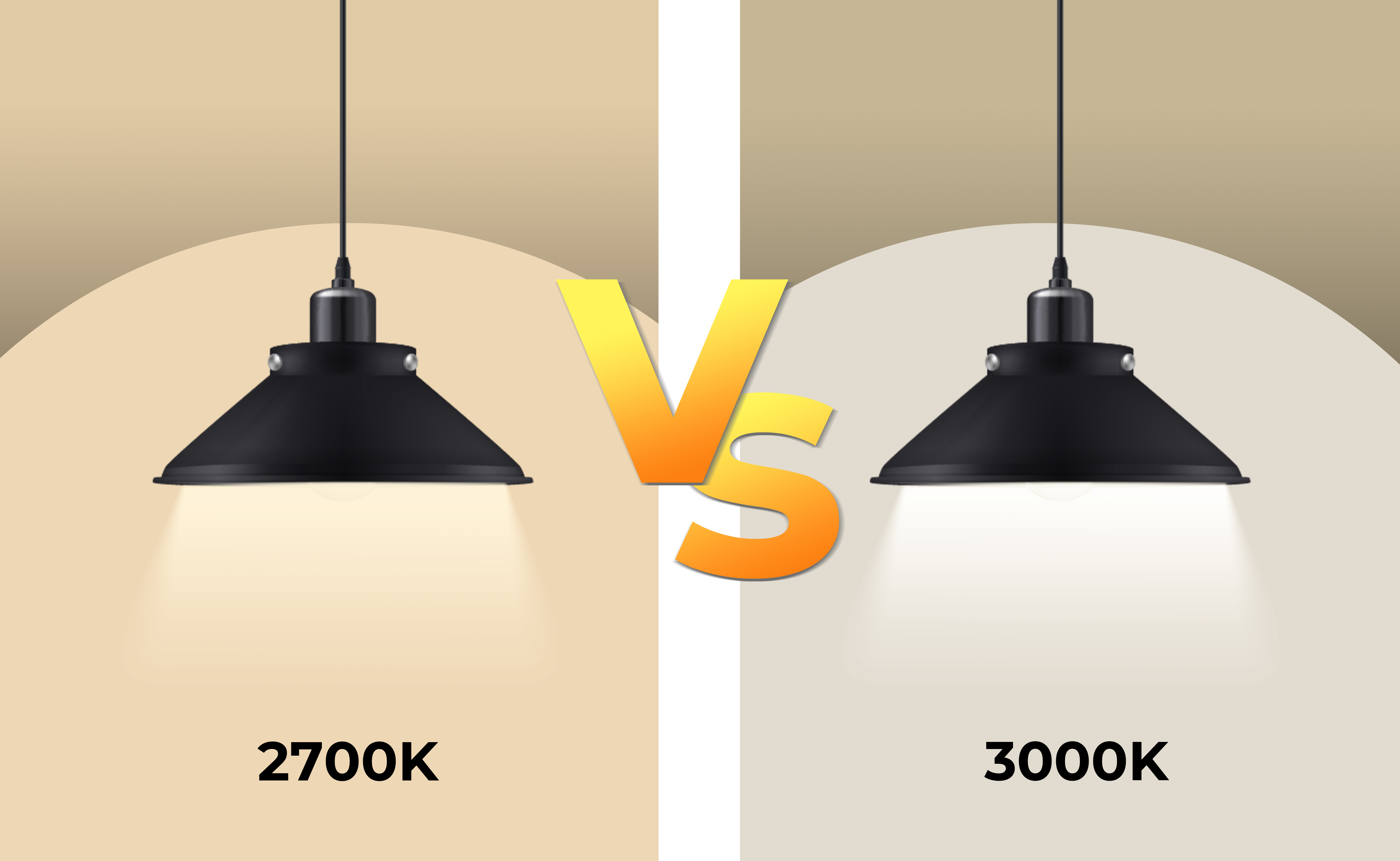
The Impact of Color Temperature on Mood and Atmosphere
 When it comes to designing our living spaces, we often focus on choosing the right furniture, decor, and layout. However, one crucial element that is often overlooked is
color temperature
. The color temperature of a room refers to the warmth or coolness of the light in that space. It is measured in Kelvin (K) and can greatly impact the mood and atmosphere of a room.
2700k
and
3000k
are two commonly used color temperatures in living rooms.
2700k
is considered a warm color temperature, giving off a yellowish light similar to the glow of a candle or a traditional incandescent bulb. On the other hand,
3000k
is slightly cooler, emitting a more neutral white light. While these may seem like minor differences, they can have a significant impact on the overall look and feel of your living room.
When it comes to designing our living spaces, we often focus on choosing the right furniture, decor, and layout. However, one crucial element that is often overlooked is
color temperature
. The color temperature of a room refers to the warmth or coolness of the light in that space. It is measured in Kelvin (K) and can greatly impact the mood and atmosphere of a room.
2700k
and
3000k
are two commonly used color temperatures in living rooms.
2700k
is considered a warm color temperature, giving off a yellowish light similar to the glow of a candle or a traditional incandescent bulb. On the other hand,
3000k
is slightly cooler, emitting a more neutral white light. While these may seem like minor differences, they can have a significant impact on the overall look and feel of your living room.
The Benefits of 2700k for Your Living Room
 2700k
is often preferred for living rooms as it creates a cozy and inviting atmosphere. The warm, yellowish light can make a space feel more intimate and relaxing, perfect for unwinding after a long day. This color temperature also pairs well with warmer color palettes, such as reds, oranges, and yellows, creating a harmonious and cohesive look in your living room.
In addition to setting the right mood,
2700k
is also known for its energy-saving properties. This color temperature is typically associated with LED bulbs, which are more energy-efficient than traditional incandescent bulbs. This means not only will your living room look and feel cozy, but you'll also be saving on your energy bills.
2700k
is often preferred for living rooms as it creates a cozy and inviting atmosphere. The warm, yellowish light can make a space feel more intimate and relaxing, perfect for unwinding after a long day. This color temperature also pairs well with warmer color palettes, such as reds, oranges, and yellows, creating a harmonious and cohesive look in your living room.
In addition to setting the right mood,
2700k
is also known for its energy-saving properties. This color temperature is typically associated with LED bulbs, which are more energy-efficient than traditional incandescent bulbs. This means not only will your living room look and feel cozy, but you'll also be saving on your energy bills.
The Advantages of 3000k for Your Living Room
 While
2700k
may be the preferred choice for many,
3000k
also has its advantages. This color temperature is closer to natural daylight, making it ideal for tasks that require more focused lighting, such as reading or working on a laptop. It also works well in cooler color palettes, such as blues, greens, and purples, creating a refreshing and calming atmosphere in your living room.
Another benefit of
3000k
is its ability to make a space feel brighter and more spacious. The neutral white light can give the illusion of a larger room, making it a great choice for smaller living rooms or spaces with limited natural light.
While
2700k
may be the preferred choice for many,
3000k
also has its advantages. This color temperature is closer to natural daylight, making it ideal for tasks that require more focused lighting, such as reading or working on a laptop. It also works well in cooler color palettes, such as blues, greens, and purples, creating a refreshing and calming atmosphere in your living room.
Another benefit of
3000k
is its ability to make a space feel brighter and more spacious. The neutral white light can give the illusion of a larger room, making it a great choice for smaller living rooms or spaces with limited natural light.
Choosing the Perfect Color Temperature for Your Living Room
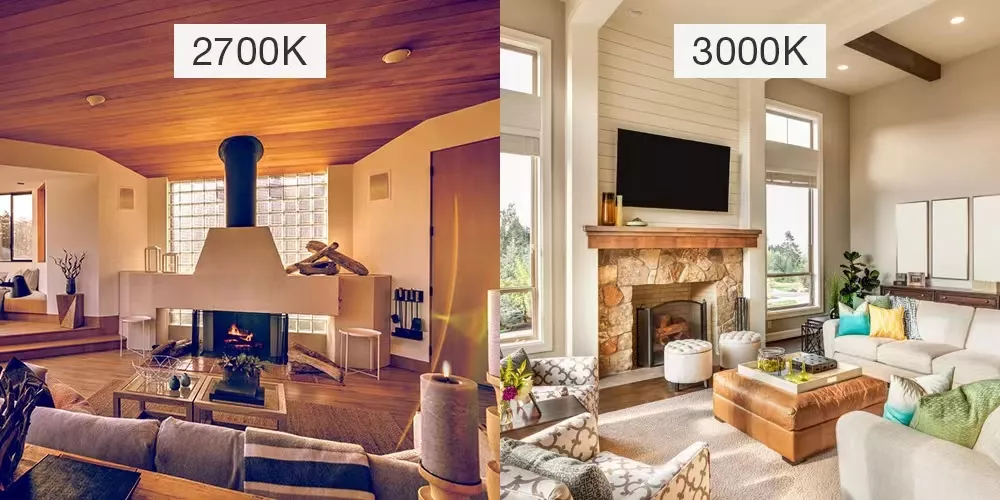 Ultimately, the decision between
2700k
and
3000k
will depend on your personal preferences and the specific needs of your living room.
2700k
is better suited for creating a warm and cozy atmosphere, while
3000k
is ideal for tasks that require more focused lighting. You can also consider using a combination of both color temperatures to create a dynamic and versatile living room.
In conclusion, when designing your living room, don't overlook the importance of choosing the right color temperature. It can greatly impact the mood, atmosphere, and functionality of your space. So whether you prefer the warm and inviting feel of
2700k
or the bright and refreshing light of
3000k
, make sure to consider the impact of color temperature on your living room design.
Ultimately, the decision between
2700k
and
3000k
will depend on your personal preferences and the specific needs of your living room.
2700k
is better suited for creating a warm and cozy atmosphere, while
3000k
is ideal for tasks that require more focused lighting. You can also consider using a combination of both color temperatures to create a dynamic and versatile living room.
In conclusion, when designing your living room, don't overlook the importance of choosing the right color temperature. It can greatly impact the mood, atmosphere, and functionality of your space. So whether you prefer the warm and inviting feel of
2700k
or the bright and refreshing light of
3000k
, make sure to consider the impact of color temperature on your living room design.
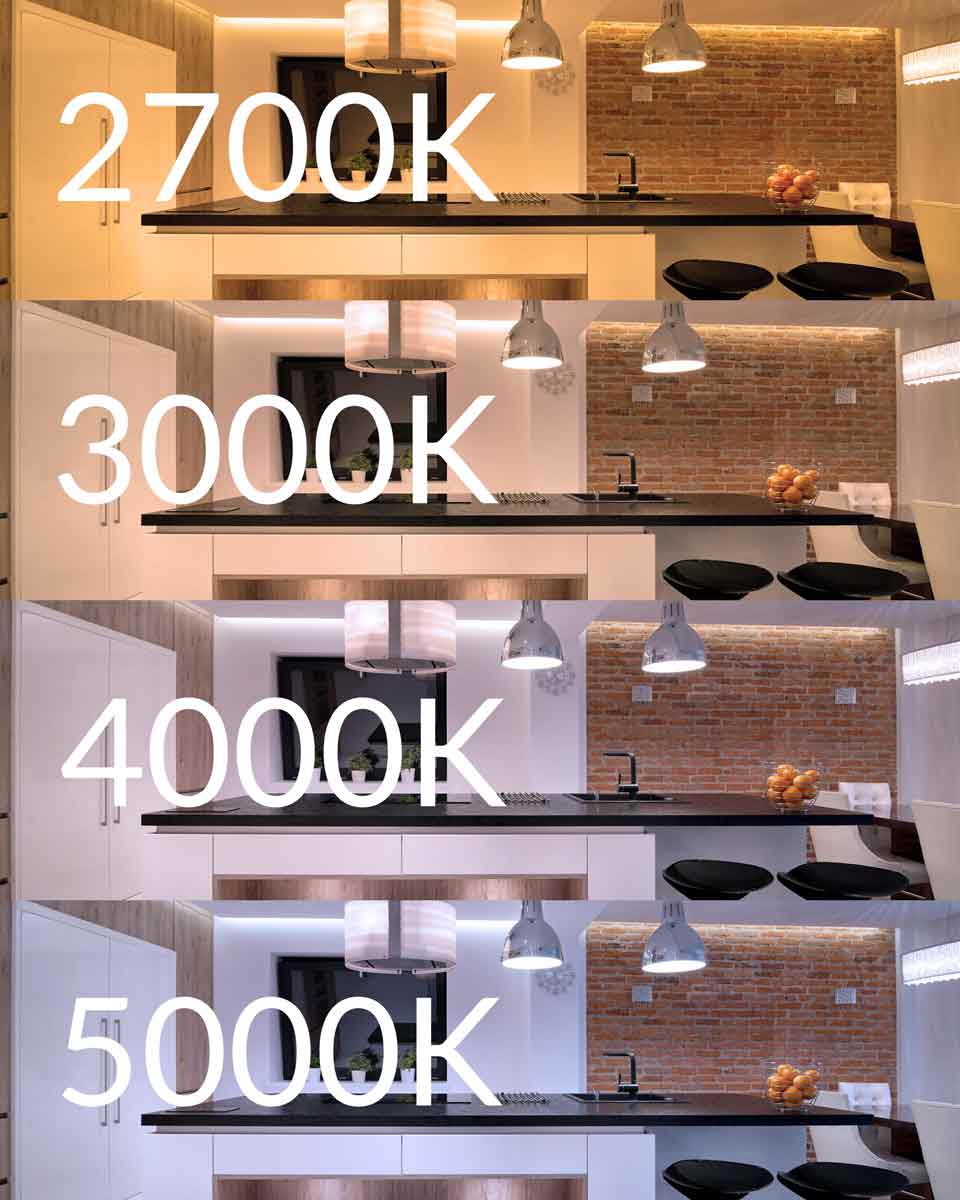





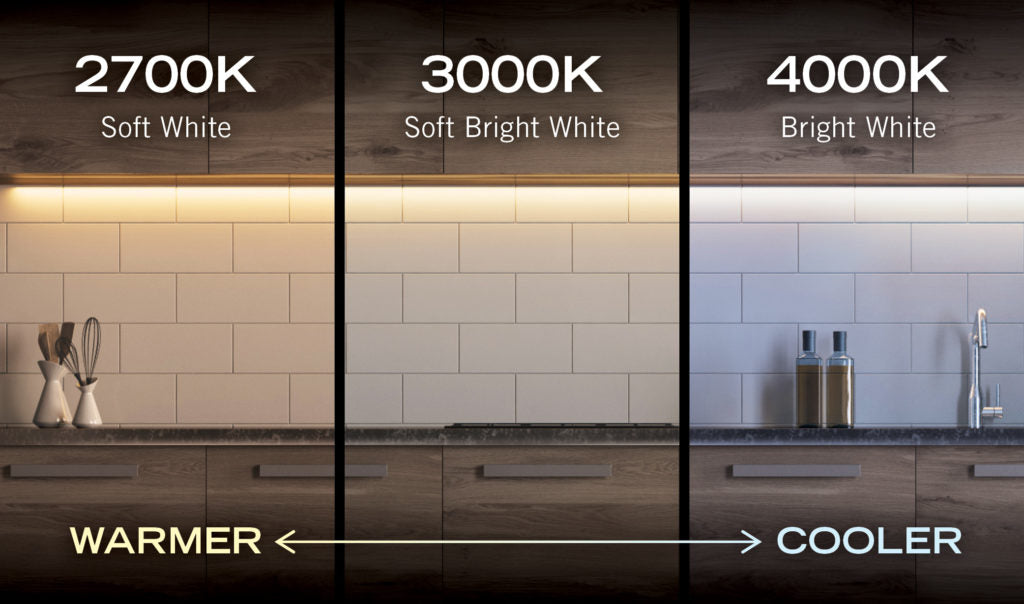


:max_bytes(150000):strip_icc()/living-room-area-rugs-1977221-e10e92b074244eb38400fecb3a77516c.png)


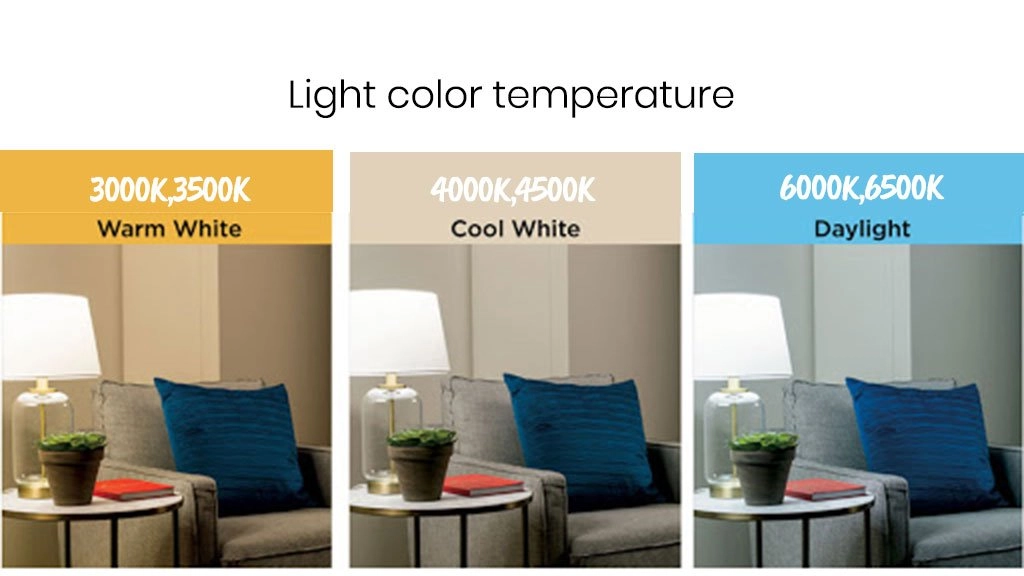


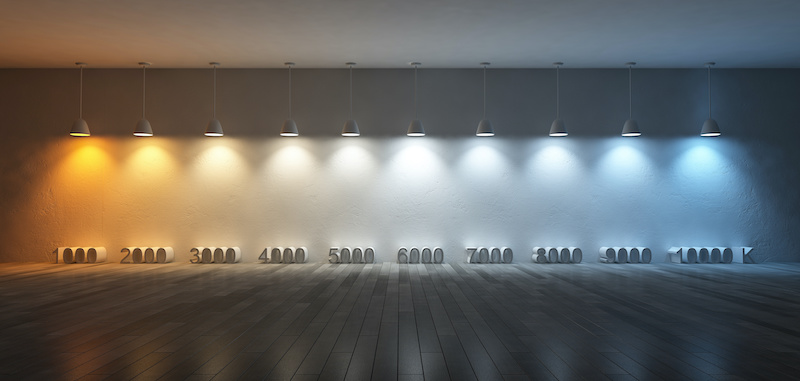


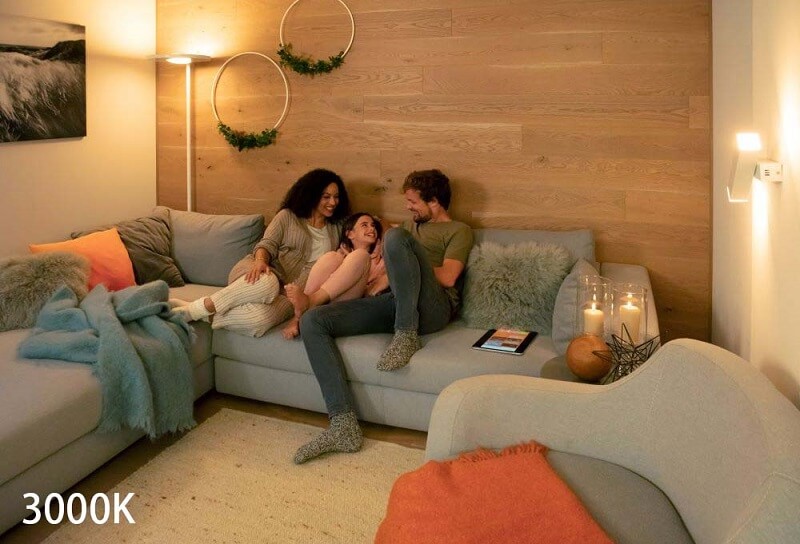





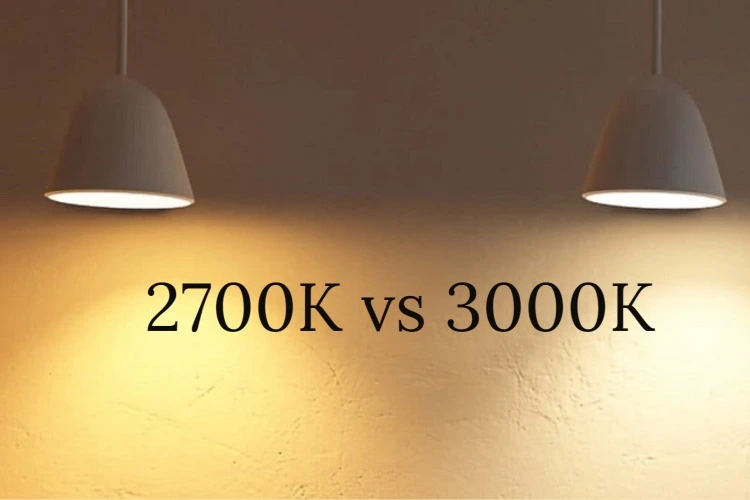
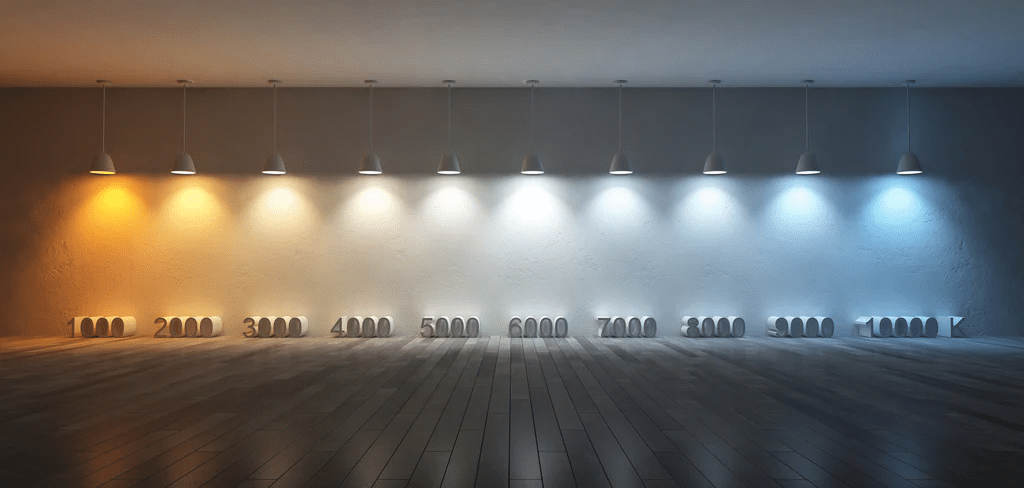

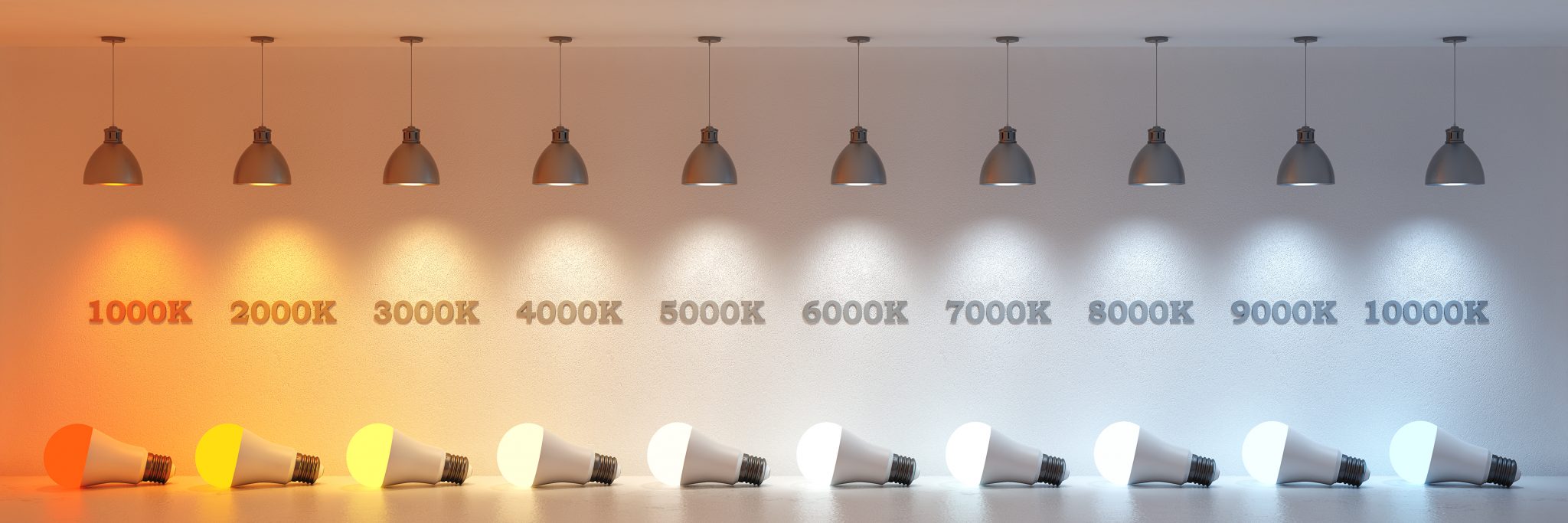



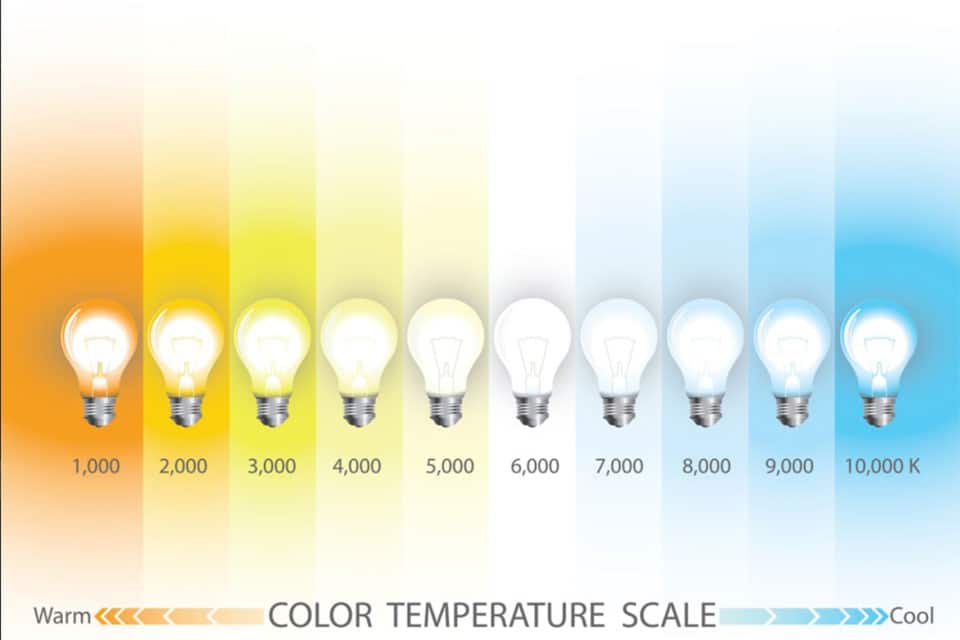
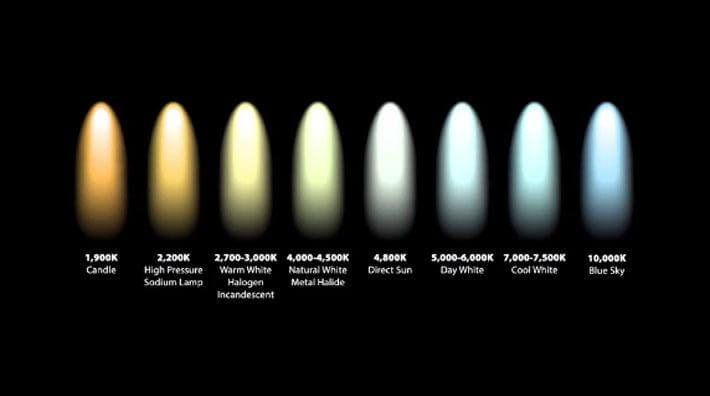




:max_bytes(150000):strip_icc()/245073152_394671465450022_189353773214633680_n-5479e3727a4e489d80f6557a93a2e897.jpg)
